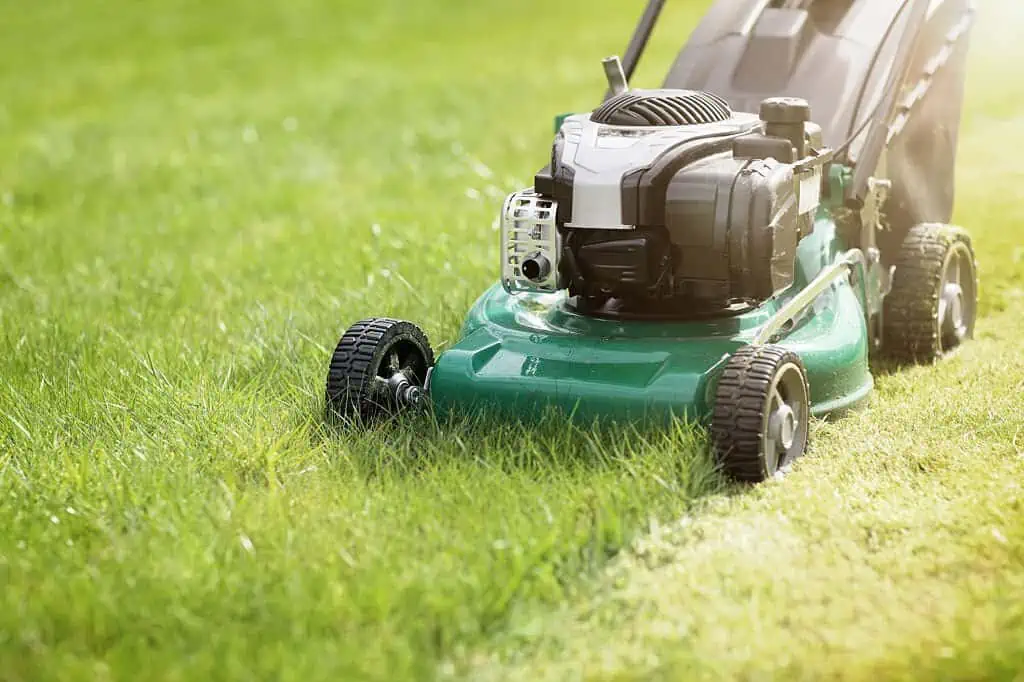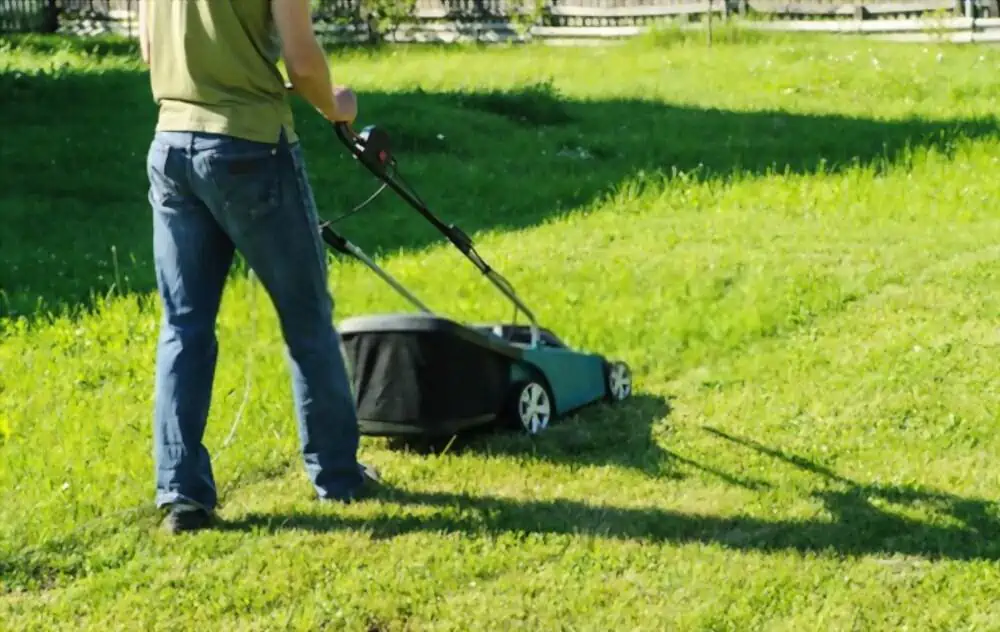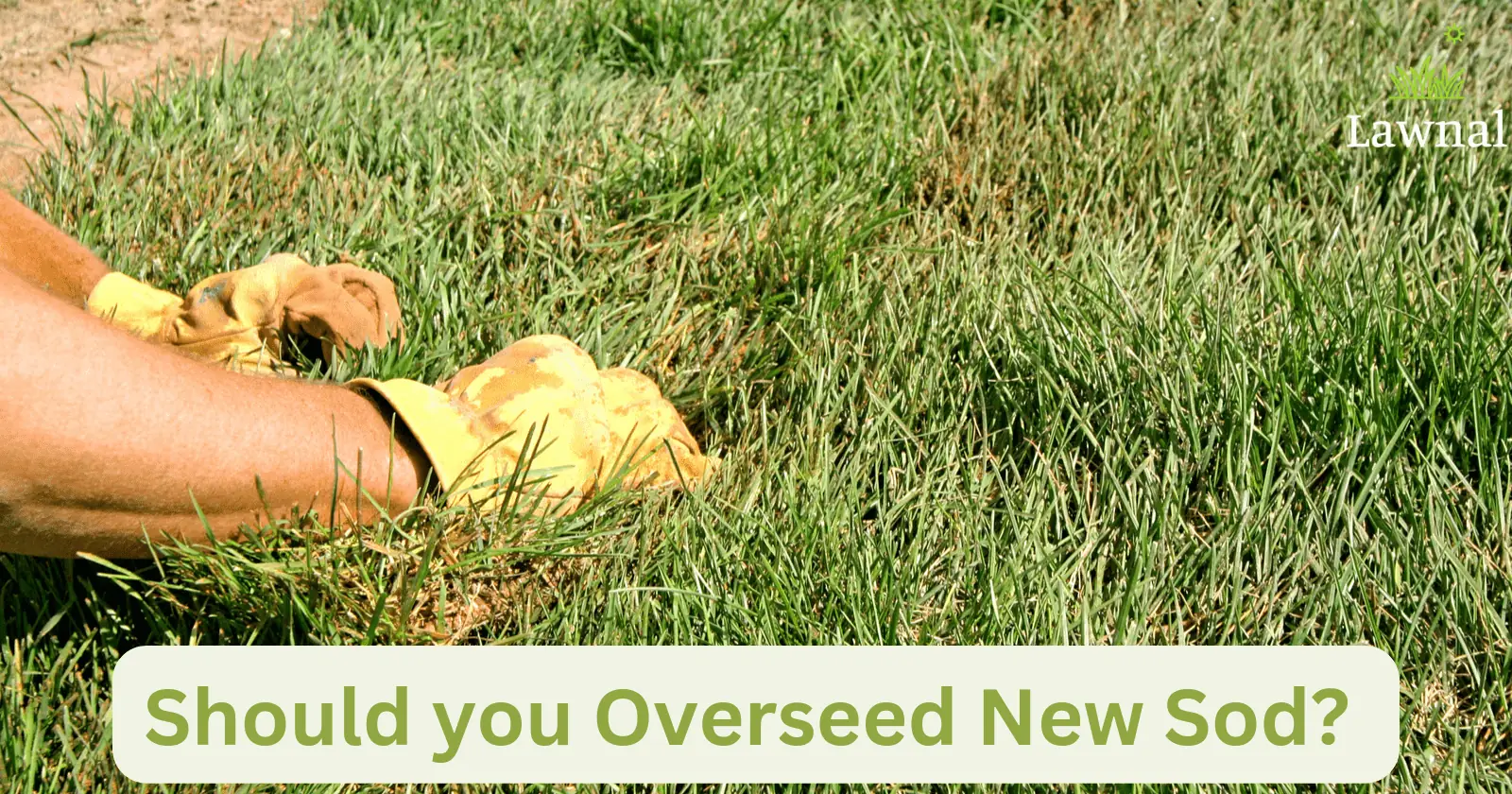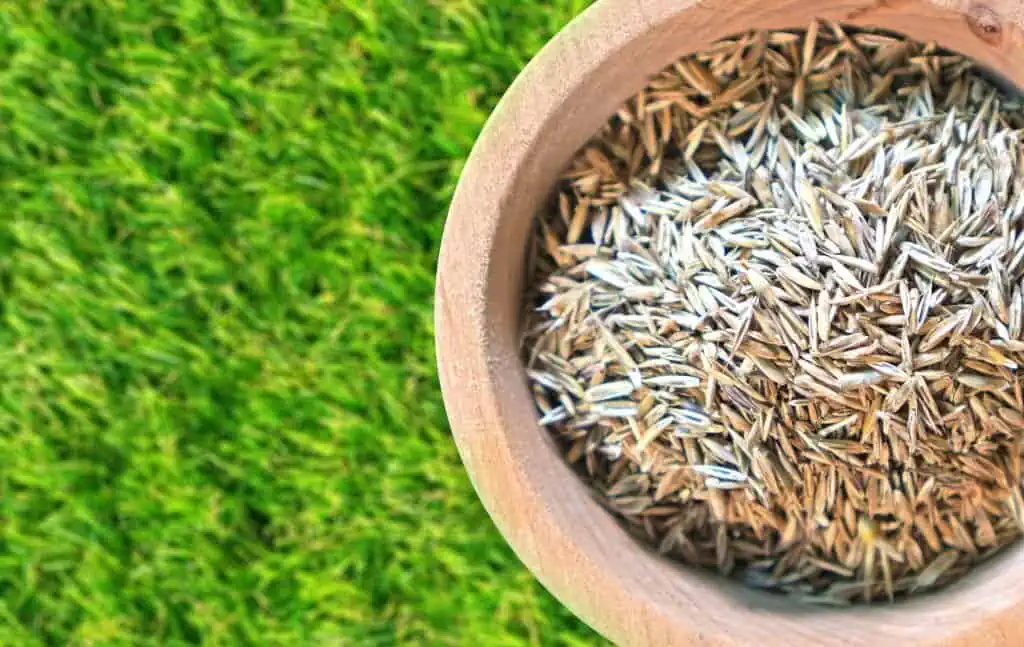Have you been considering overseeding your lawn to improve its health and appearance? If so, one of the most critical steps in this process is mowing your lawn to the proper height before overseeding.
However, how short should you cut your grass before overseeding? This question is crucial because mowing your lawn too short or too long can lead to poor germination and a weak, thin lawn.
While there is no one-size-fits-all answer to this question, some general guidelines exist. This article explores the factors influencing the optimal height for lawn mowing before overseeding. It also provides tips and tricks to ensure your lawn is healthy and robust after overseeding.
The Importance of Cutting Your Grass Before Overseeding
When overseeding your lawn, cutting your grass beforehand is a crucial step. Cutting your grass to the right height can significantly affect the success of your overseeding efforts. One of the most important reasons to cut your grass before overseeding is to ensure the new seed can directly contact the soil.
Cutting your grass short allows the seed to reach the soil quickly, making it easier for the new grass to take root. Additionally, short grass allows the seed to receive more sunlight, which is essential for germination. Therefore, ensuring that your grass is not too long is vital before overseeding.
Another reason why cutting your grass before overseeding is important is that it helps to eliminate any competition between the existing grass and the new seed.
When grass is cut short, it reduces the chances of the existing grass blocking the new seed’s access to sunlight and water. This competition can prevent the new seed from growing properly and lead to a patchy lawn.
Optimal Height
The optimal grass height for overseeding depends on various factors, including the grass species, climate, and soil conditions. Generally, it is recommended to cut your grass shorter than its usual mowing height. However, it is essential not to cut it too short as this can damage the grass and make it difficult for the new seed to establish.
For example, for cool-season grasses like fescue and bluegrass, it is recommended to cut the grass to a height of around 2-3 inches. This height ensures the new seed has enough space to take root and grow properly. However, warm-season grasses like Bermuda grass require a shorter height of around 1-2 inches.

Finding the Right Height to Cut Your Grass
Now that you understand the importance of cutting your grass before overseeding, the next step is to determine the right height to cut your grass. Cutting your grass too short or too tall can negatively impact the success of overseeding.
The general rule of thumb is to never cut more than one-third of the blade of grass at once. Cutting too much can shock the grass and cause it to become stressed, making it harder to recover and grow. For example, if your grass is 3 inches tall, you should never cut more than 1 inch off at once.
To determine the right height to cut your grass before overseeding, you should consider the type of grass you have. Cool-season grasses, such as fescue, ryegrass, and bluegrass, should be cut to 2 to 3 inches before overseeding. Warm-season grasses, such as Bermuda grass, Zoysia grass, and St. Augustine grass, should be cut to 1 to 2 inches.
During the summer months, it is best to cut your grass slightly taller to help protect the roots from the heat. It is also important to note that uneven cutting can lead to an uneven lawn, which can negatively impact the success of overseeding.

The Benefits of Cutting Your Grass Before Overseeding
Cutting your grass before overseeding offers a variety of benefits for your lawn. Here are some of them:
Improved Seed-to-Soil Contact
One of the primary benefits of cutting your grass before overseeding is improved seed-to-soil contact. Cutting your grass short allows the seed to come into direct contact with the soil, essential for successful germination.
Enhanced Seed Germination
Cutting your grass short before overseeding also enhances seed germination. Short grass provides the perfect environment for the seed to grow, with easy access to sunlight and water. Seeds planted in tall grass or thatch may struggle to germinate, as they have limited access to these essential resources.
Uniform Growth
Another benefit of cutting your grass before overseeding is that it promotes consistent growth. When you cut your grass short, it eliminates any irregularities in the height of the grass blades.
This creates a more even surface, which allows the new grass seed to grow more uniformly, resulting in a more consistent and attractive lawn.
Reduced Risk of Disease
Short grass is less prone to disease than tall grass. Cutting your grass before overseeding can reduce the risk of disease and fungal infections, which can hinder the growth and health of your lawn.
Tips for Cutting Your Grass Before Overseeding
Cutting your grass before overseeding is a critical step that requires proper techniques to ensure the success of your lawn’s renovation.
- Cut Your Grass to the Right Height: One of the most critical factors in preparing your lawn for overseeding is cutting your grass to the proper height. Generally, the ideal height for cutting your grass before overseeding is about one-third of its current height.
- Use a Sharp Mower Blade: Ensure your lawnmower’s blade is sharp before mowing your lawn. A dull blade can tear the grass blades and leave ragged edges, making it difficult for the grass to heal and recover quickly.
- Mow in Different Directions: Mowing in different directions can help you achieve a more even cut and prevent the grass from matting down. It will also help to reduce the chances of scalping your lawn, which can damage the grass and make it harder for the grass to recover.
- Remove Lawn Debris: Before overseeding your lawn, you must remove any debris or thatch that may be present on the surface. Lawn debris can prevent the grass seed from coming into contact with the soil, reducing the chances of germination.
Conclusion
Knowing how short to cut grass before overseeding is crucial to the success of the entire process. As discussed earlier, the ideal grass height should be around 2 to 2.5 inches to ensure the seeds have enough soil coverage to germinate effectively. Cutting the grass too short can damage the roots, and leaving it too long will result in poor seed-to-soil contact.
It’s important to note that overseeding is not a one-time process but a continual cycle of nurturing and care. After overseeding, it’s important to water the lawn frequently to promote seed germination and regularly fertilize it to promote healthy growth.
Now that you know how short to cut grass before overseeding, it’s time to take action and prepare your lawn for the upcoming season.
Remember to take the necessary precautions, such as using a sharp mower blade and not cutting more than one-third of the grass blade at once. By following these guidelines and taking proper care, you can have a beautiful lawn that you can enjoy for years.






